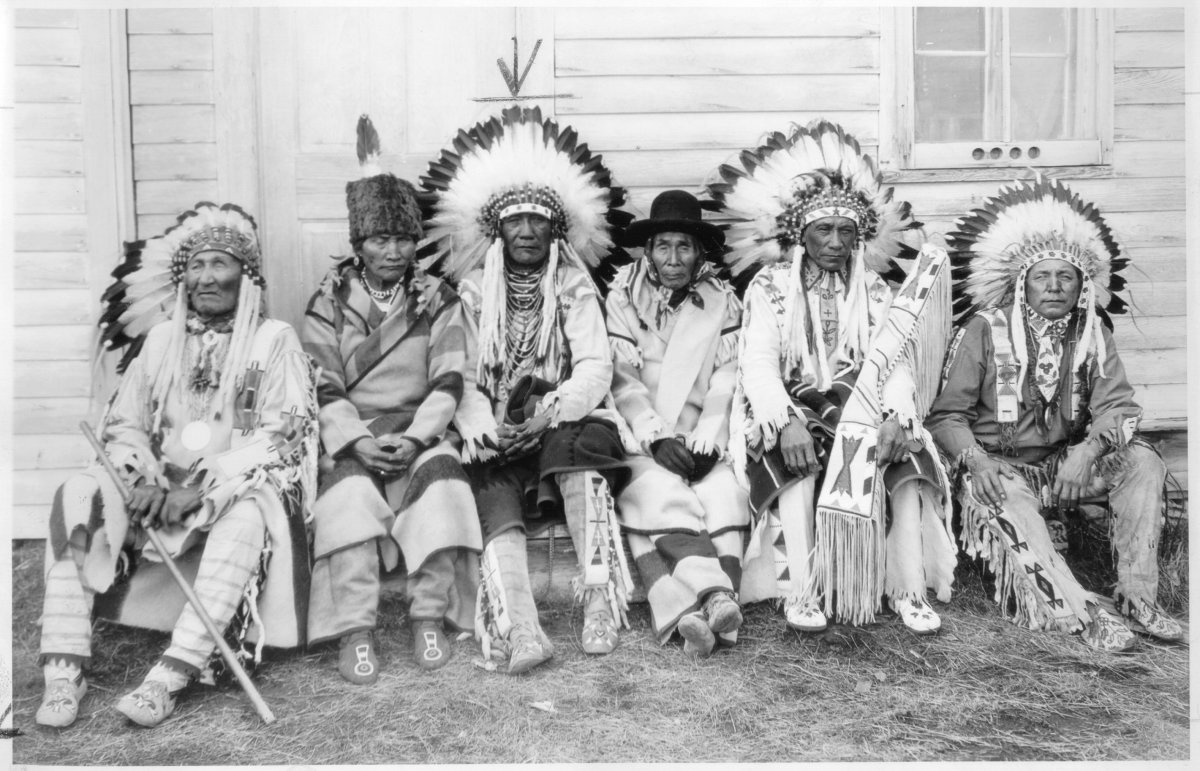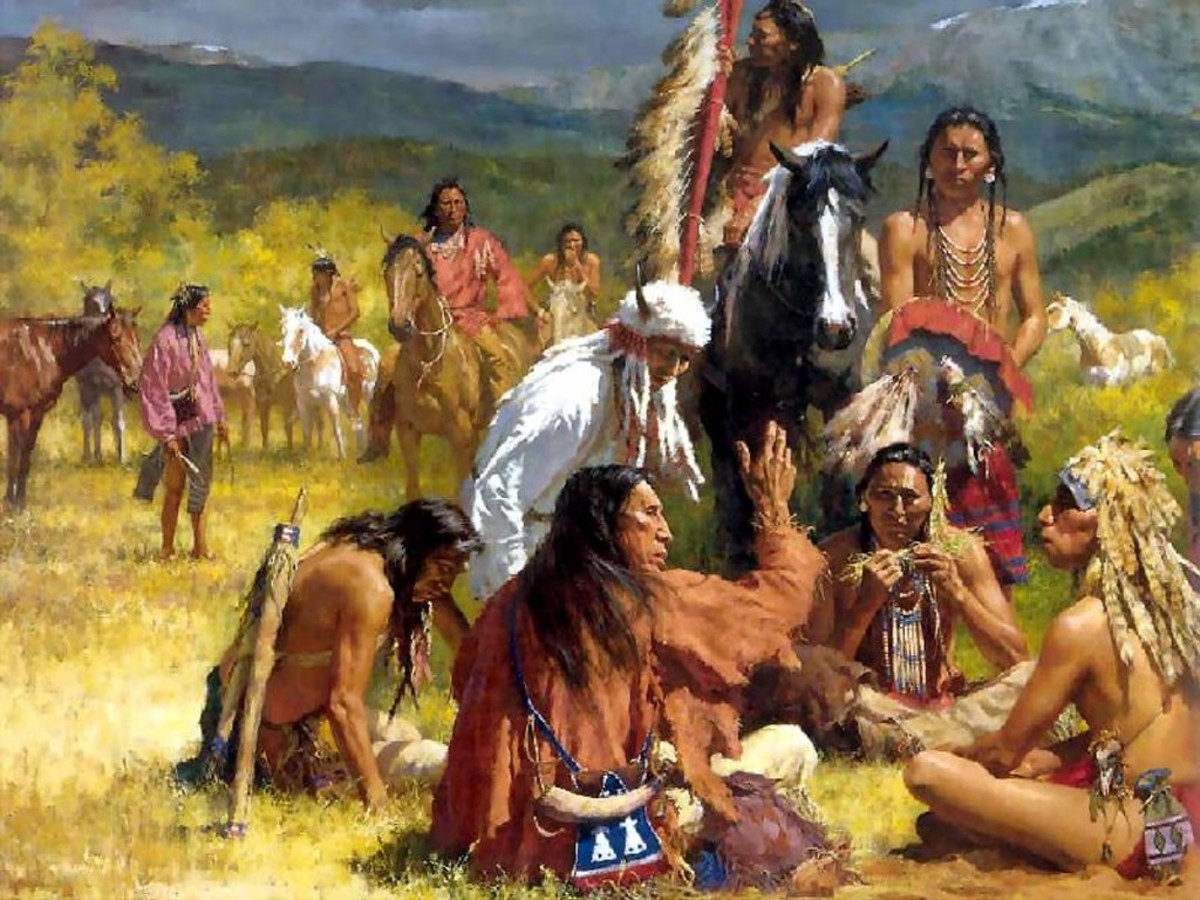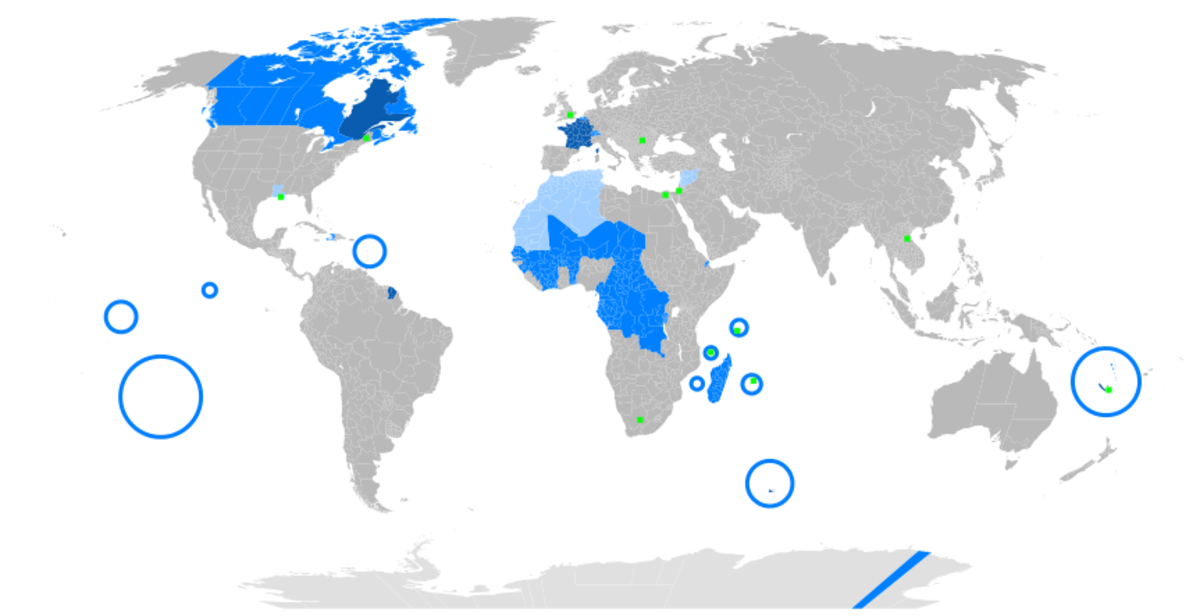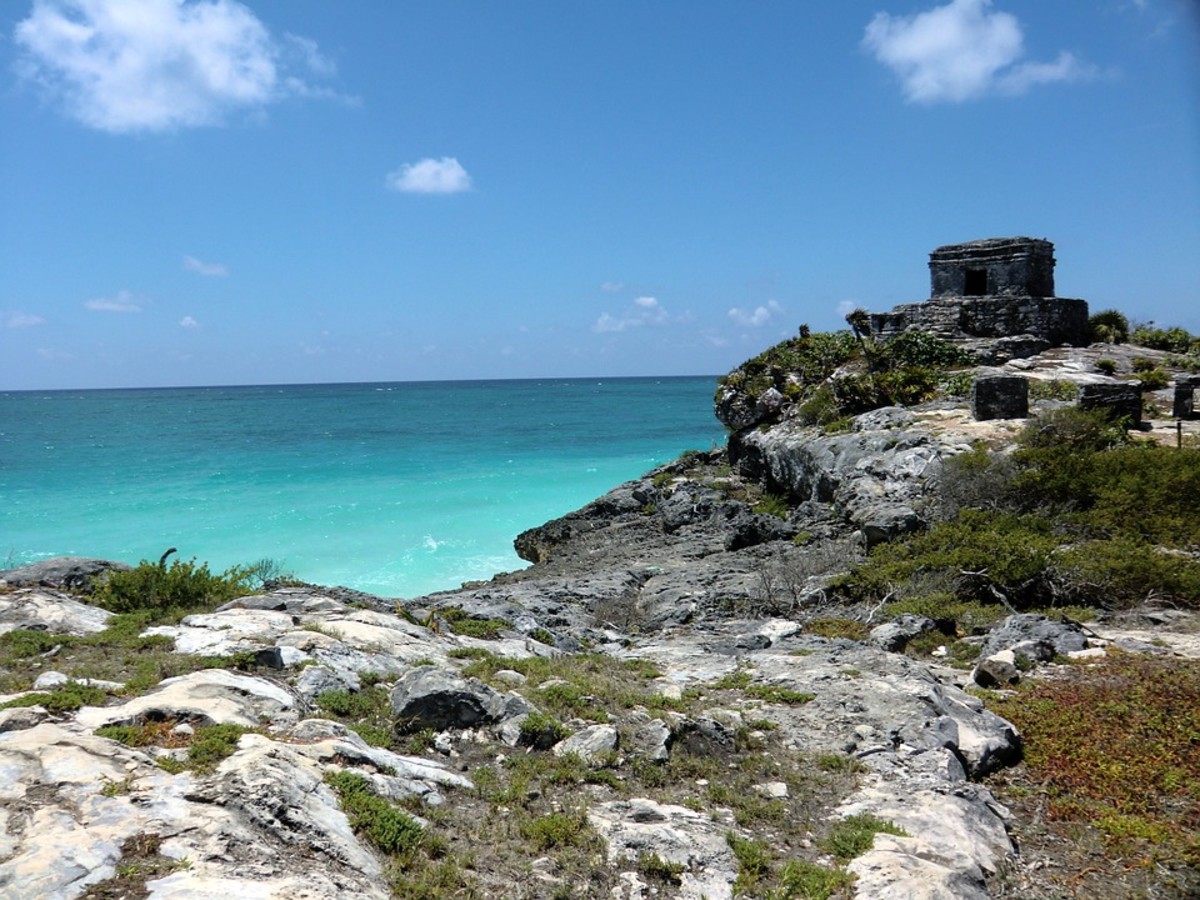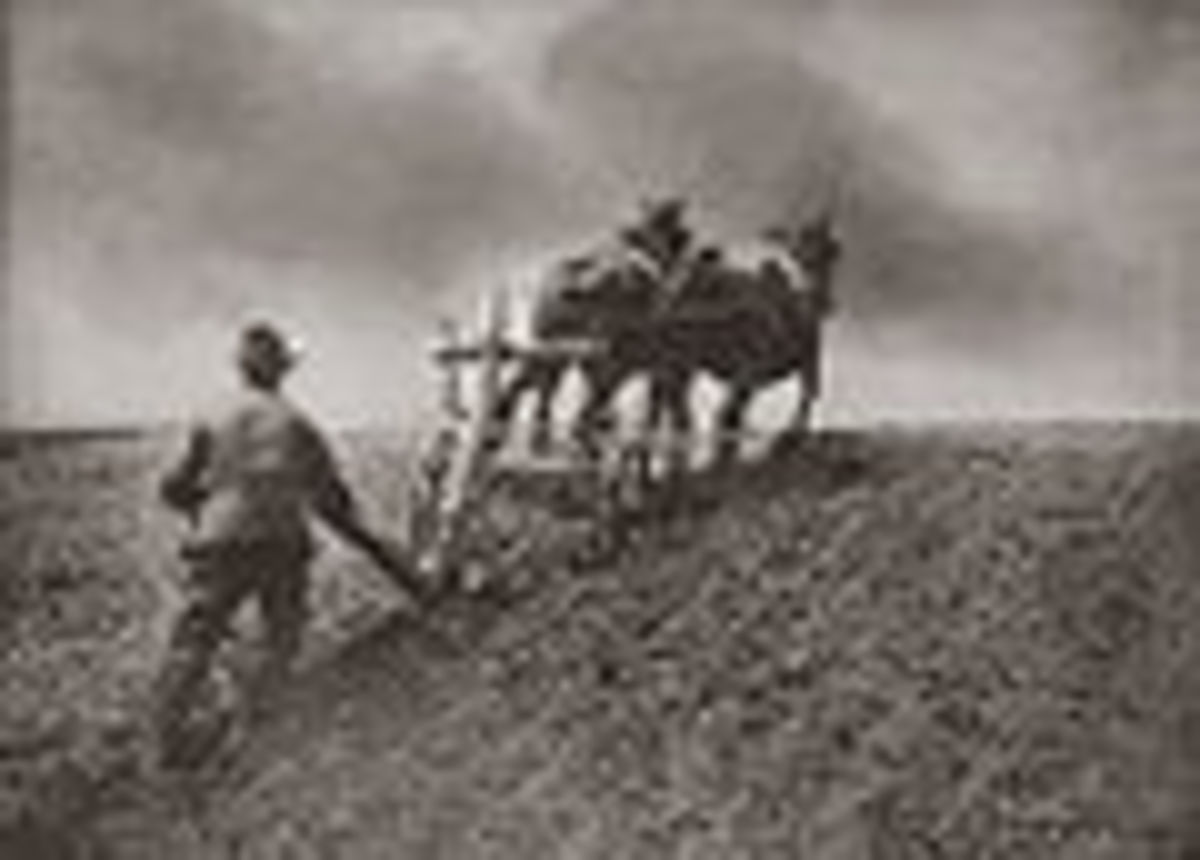Central America: Race, Language, and Religion
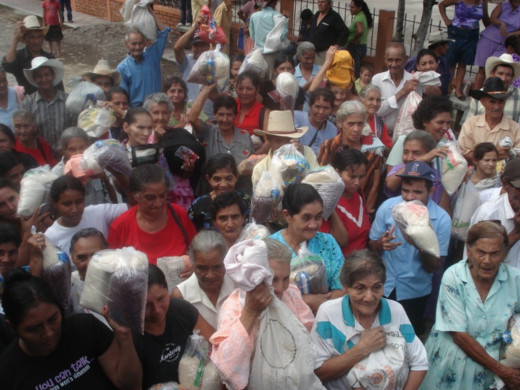
In area and size of population, Central America is comparable to California. More than 43 million (2013 est.) people live in the approximately 160,000 square miles (400,000 sq km) that constitute the five countries of the region. Although most of the population is concentrated in the volcanic uplands and the Pacific margin, there is a growing movement to the Caribbean coast. More important are the movements from the countryside to the cities and even to other countries, such as the United States.
The vast majority of Central Americans are racially mixed and are sharply divided into social classes based on lifestyle, income, race, and other factors. Birthrates, while tapering off, are still among the highest in the Americas, and the population is increasing at nearly 1.8% annually. Except for Costa Rica, per capita gross product is well below the Latin American average, and the population suffers from low levels of nutrition, health, and education.
Race
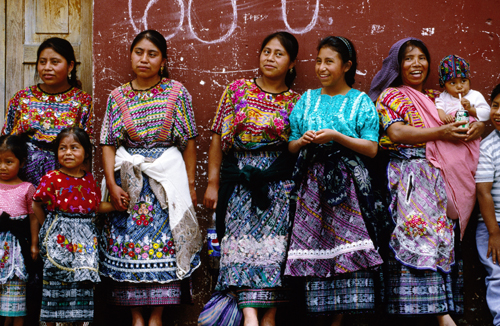
Central America is one of the world's major areas of racial mixing. The principal ingredients of the mixture are Indian, European, and African. In most parts of the heavily settled highlands and Pacific margin, the population is largely a blend of Indian and white. Racial patterns are not homogeneous, however, either within the region as a whole or within the limits of each of the five countries. More than half of Guatemala's population is considered Indian in race and way of life. In the rest of Central America unincorporated aboriginal groups are minority remnants. The Costa Ricans, especially those who live in the highlands, have a high percentage of European genes. On much of the Caribbean coast a large proportion of the population is black. Small numbers of Chinese, Arabs, and others also have settled in Central America.
Among the blacks, some descend from African slaves brought to the Caribbean shores of the isthmus in the 17th century. Most, though, stem from West Indian islanders who came to work on banana plantations and railroads and, farther south, on the Panama Canal. The Black Caribs are a unique group found on the coastal margins from Honduras to Belize. They speak an Arawak dialect and are descendants of rebellious Afro-Indians evicted from the Windward Islands by the British in the 18th century.
Some correlation between race and class can be observed in Central America. People in the higher socioeconomic classes are more likely to be white or near-white than those in the poorer classes. But race also is used interchangeably with way of life. Persons designated as "Indian" are not only Indian racially but also retain an Indian lifestyle. They may live in an Indian community, dress and eat like Indians, and have only minimal involvement with the national mainstream of their country. If the same persons of Indian stock move from their native communities and adopt a non-Indian lifestyle, they are considered ladinos ("Latins"). Although the term ladino refers not only to acculturated Indians but to anyone who is not culturally Indian, it is sometimes used as a synonym for mestizo or cholo, a person of racially mixed ancestry.
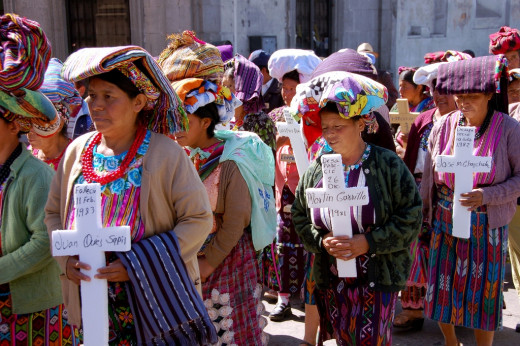
Language and Religion
Spanish is both the official language of the five Central American countries and the primary language spoken by the majority of the people. Even most of those whose first language may be Indian or another will know some Spanish. Indian languages survive particularly among Guatemalans of Maya origin. Many of these people use Quiché as their first language; others speak one of almost a dozen other Maya dialects. Elsewhere the Indian languages are rapidly disappearing except for those spoken by Black Caribs and Miskito Indians on the Caribbean coast.
Roman Catholicism is the traditional religion of the majority of Central Americans. During the colonial period no other religion was tolerated, and the Indians were converted. Among the Indians religion often is a blend of Spanish Catholicism and pre-Columbian practices, with Catholic saints identified with pre-European native deities. After the 1940s a Protestant movement grew. Missionaries of various Protestant fundamentalist groups, financed by home churches in the United States, made numerous converts, especially among the lower-income groups. Earlier, Protestantism had been taken to Central America by immigrants such as West Indians from Jamaica and Barbados.


